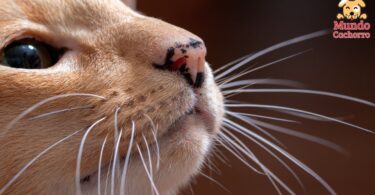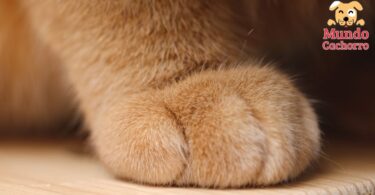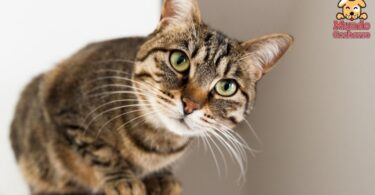Cats are known for their love of cleanliness and grooming, spending a good part of their day licking their fur. However, is it necessary to brush cats’ fur in addition to their own personal care? The answer is a resounding yes. Although cats are meticulous about their hygiene, regular brushing is essential to keep their coat in top condition and prevent hair and skin-related health problems.
Indice
Benefits of brushing cat hair
Brushing cats’ hair has health benefits. The first of these is related to hairball reduction. Remember that cats tend to swallow hair while grooming, which can cause hairballs to form in their digestive tract. Regular brushing helps remove loose hair and minimizes the amount of hair the cat ingests, thus reducing the risk of intestinal blockages.
In addition, brushing removes dirt, dead skin and loose hairs that can accumulate in the cat’s coat. This helps prevent the formation of knots and mats, which can be painful and even cause skin problems such as irritation or infection.
Experts say that brushing a cat’s coat not only helps keep it clean, but also stimulates blood circulation and promotes the production of natural oils that keep the skin and coat healthy.
Last but not least, it is noteworthy that brushing can become a bonding moment between owner and cat. Many cats enjoy physical contact and gentle brushing can be a relaxing and comforting experience for them.
Brushing your kitty
It is important to approach brushing with patience and care, especially if your cat is not used to being brushed. Here are some tips to make the process easier and more enjoyable for both of you:
- Correct brush
There are different types of cat brushes, including bristle brushes, metal combs and rubber brushes. Choose the one that best suits your cat’s coat type and consider whether it has knots or mats that need to be treated with a detangling comb.
- Gradual brushing
If your cat is not used to brushing, start with short sessions and gradually increase the duration as it becomes accustomed to the process. Use gentle, soothing strokes to avoid frightening the cat.
- Brushing direction
Brush in the direction in which the cat’s hair grows to avoid pulling and discomfort. Pay special attention to areas prone to knots, such as behind the ears and on the lower abdomen.
- Positive reinforcements
Reward your cat with treats or praise after each brushing session to associate the experience with something positive.
Health and wellness
Brushing cats’ fur is an important part of caring for their overall health and well-being. With patience and the right tools, brushing can become an enjoyable time for both of you, improving your feline friend’s quality of life.
Image courtesy of https://pixabay.com, all rights reserved.







